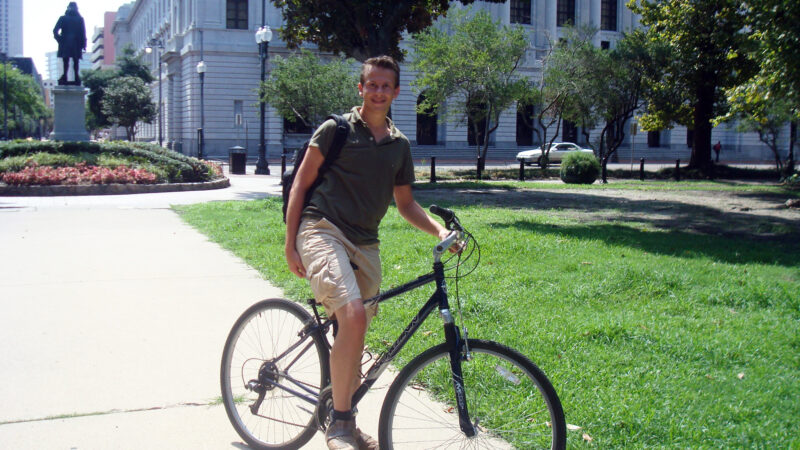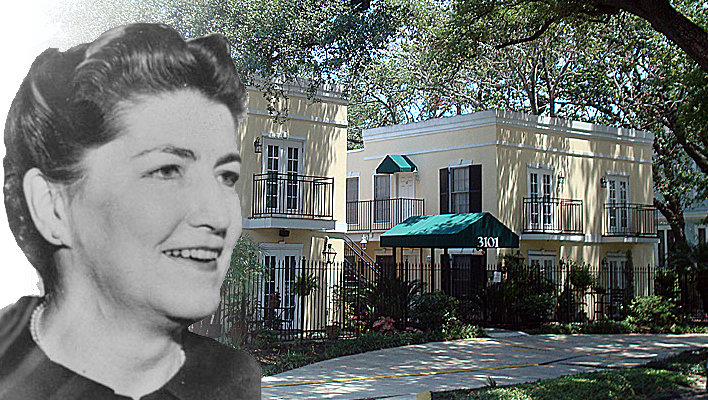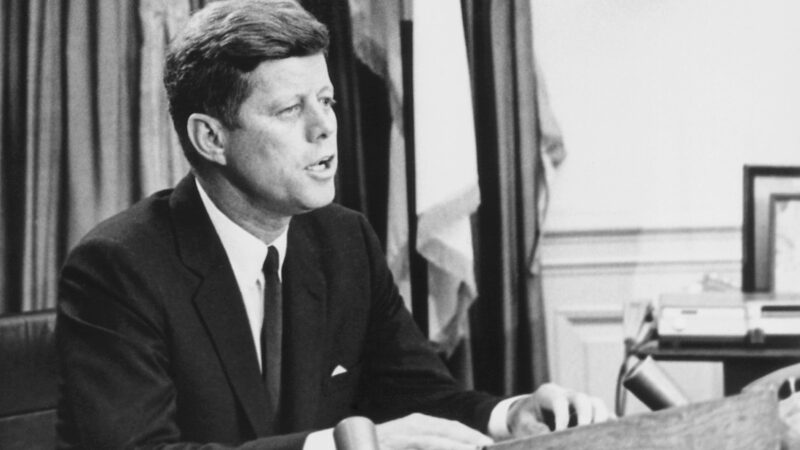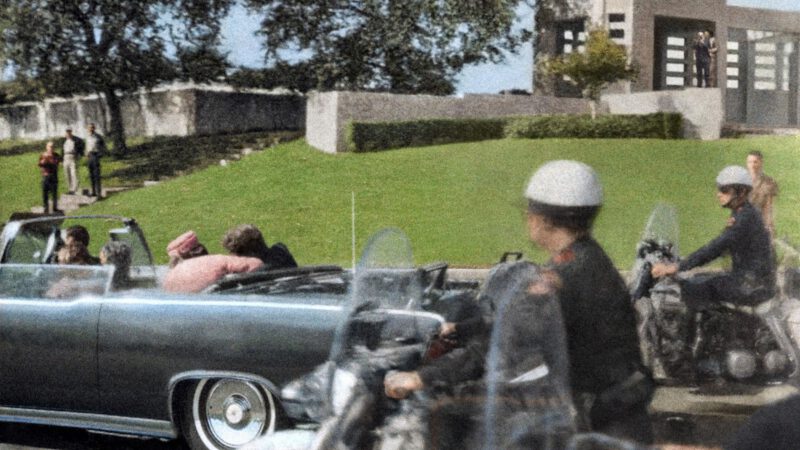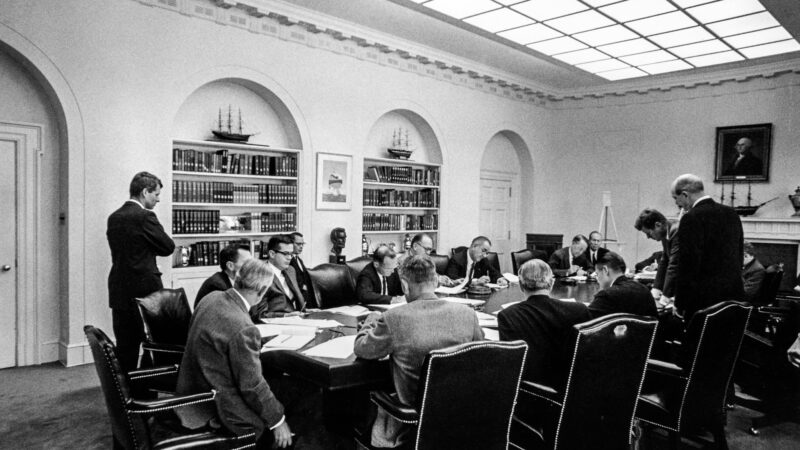Lee Harvey Oswald returning to the US
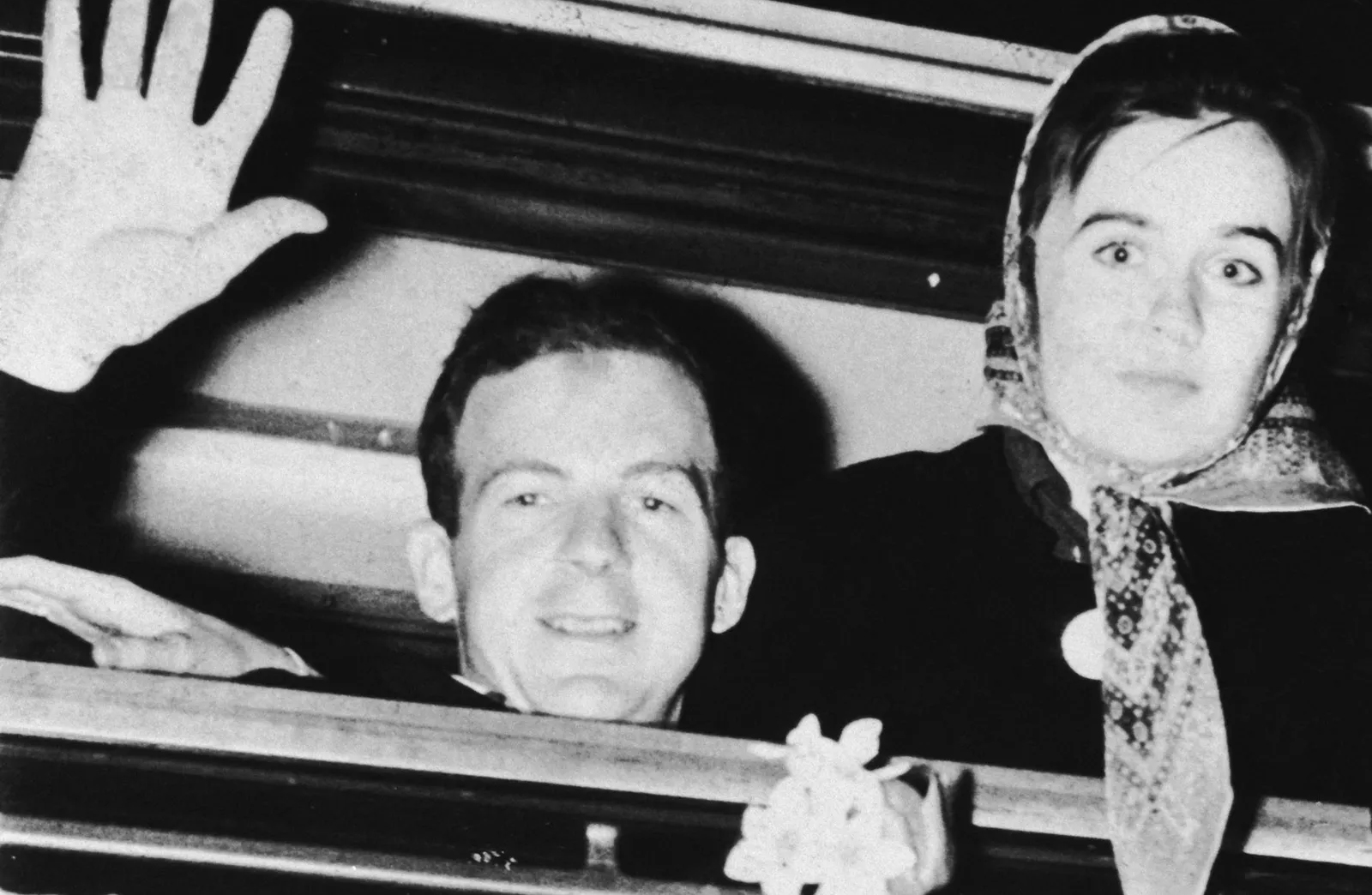
Lee Harvey Oswald returning to the US. I have conducted extensive research about the Oswalds’ journey to the United States, that happened in the spring of 1962. In my first book, the focus was primarily on that journey. This is a summary of that trip by train and boat, from Minsk to Texas, including through my own country, the Netherlands. I wrote more extensively on various aspects of this story; the links are at the very bottom.
Lee Harvey Oswald returning to the US
Four times a week, during that time, the ‘Moscow Express,’ as the train was colloquially called, traveled from Moscow to Hoek van Holland. An enormous journey of almost two full days through cities such as Warsaw, Berlin, Hanover, Oldenzaal, and Rotterdam. The Oswalds underwent strict border control in the Russian Brest and experienced some delays in the Polish capital Warsaw, ultimately arriving in Berlin on the evening of June 2. Here, they had to wait for almost an hour at the Ostbahnhof station located in East Berlin. Around 23:00, after a thorough inspection, they crossed the Wall, marking Marina’s first time in the Western world. Two totally different worlds, Marina thought, observing it all wearily from her compartment. She still had about 250 kilometers to go before Marina Oswald would definitively leave the communist world behind. In the middle of the night on June 2-3, 1962, they reached the border with West Germany: Checkpoint Alpha, the border crossing between East German Marienborn and West German Helmstedt. It’s noteworthy that Oswald did not receive a passport stamp here, while Marina did. This would later lead to rumors: were the couple still together at this point? Or did Lee Harvey Oswald stay behind in Berlin, only to later travel to Rotterdam in a different, faster way?
On June 3, 1962, if they were still together, the Oswalds crossed the Dutch border near Oldenzaal around 8:00 in the morning. At precisely one minute past eleven, the train journey that had lasted about 42 hours came to an end. The train journey concluded at Rotterdam Noord station. Oswald’s notebook (PDF) later revealed exactly what they did afterward: the young family traveled to the Mathenesserlaan via tram 11. The Oswalds rang the doorbell at a small, not inexpensive guesthouse in one of Rotterdam’s poshest neighborhoods. According to the cadastre, the guesthouse was named ‘Huize Avila’ in 1962. It is highly likely that the Oswalds stayed here, although the guesthouse owner later couldn’t recall any stays shorter than two months, and there were many accommodations in Rotterdam that better suited the tight budget of these travelers. From their room, the Oswalds must have had a view of the brand-new Euromast. The night in Rotterdam was the last night on European soil.
On Monday, June 4, in the morning, the Oswalds visited Meent, where an American Express branch had been until 2005. The address details were in Oswald’s notebook. Here, he could pick up the tickets for the boat trip to America. There was a small Oswald dossier in the Rotterdam archives for many years, but for privacy reasons, no one was allowed to view the folder. Even a fax from none other than Marina Oswald in 1993 did not contribute to the request of British and Dutch journalists who were investigating Oswald’s movements at that time. More on this in other articles on my website; check the links below.
Around three o’clock in the afternoon, the steamship Maasdam IV departed from the pier at Kop van Zuid for the nine-day journey to the pier in Hoboken, New Jersey, in the shadow of the Manhattan skyscrapers. The approximately 28 hours the Oswalds spent in Rotterdam were always considered remarkable. Even the Warren Commission in 1964 found their stay in Rotterdam troublesome and inexplicable. This was partly due to Marina’s statements: over the years, she spoke very differently about the journey from the Soviet Union to her husband’s homeland. Her statements were riddled with contradictions. For example, she once claimed they flew to New York, mentioned different dates, once named Amsterdam as their residence, and occasionally spoke of a stay in the Netherlands lasting as long as three days. It is unclear why her statements have always been so inconsistent.
In Oswald’s notebook, there is the note SS MAASDAM HOLL-AMER, the name of the ship and the name of the shipping company, the Holland-America Line. But alongside the mentioned notes about the journey, there were other Oswald notes that are interesting. The name ‘Van Hattun,’ for example. Oswald meant G.J. van Hattum, an employee of the Dutch embassy in Moscow. Much more controversial is the name ‘Jelisavcic’ – he later turned out to be an employee of American Express in Moscow and possibly had ties to the CIA. This man probably also arranged housing for the Oswalds in Rotterdam. The most remarkable page in Oswald’s notebook is the one where he drew a simplified map of Berlin, with the words ‘Tempelhofer Damm,’ a street near the airport in West Berlin. The only time Oswald was in Berlin was on the evening before he arrived in the Netherlands. This fact, along with the absence of a stamp in his passport, makes it interesting for experts to speculate about the meaning of the ‘Berlin page’ in Oswald’s booklet. What was he doing in West Berlin? Did he have contacts there? At that time, there were many Americans in the city, many of whom had ties to the CIA.
On the passenger list of the Maasdam IV, there are about 350 family names. The Oswalds slept in cabin 473 and, as detailed on the list, had about 370 dollars with them. The U.S. authorities never paid much attention to the fellow travelers. No one was ever interviewed for an official statement. Researchers never managed to trace passengers until a woman contacted me in 2010. She had read ‘Lee Harvey Oswald – From Rotterdam to Dallas, the JFK Assassination’ in 2008 and recognized her name on the list of passengers printed in this book. Furthermore, her sleeping quarters were directly next to Oswald’s. Unfortunately, even this Mrs. Pietersma later couldn’t remember anything about the Oswalds.
In her book ‘Marina and Lee,’ Priscilla Johnson McMillan, a journalist who met Oswald in Moscow and became friends with his widow after Kennedy’s assassination, wrote that Marina mostly stayed with baby June, while Oswald spent some time on the ship. They met a Romanian girl and a doctor who provided some penicillin for June’s rash. Additionally, they spoke a few times with an employee named Pieter Didenko, a Dutch-Russian waiter who was never traced. Furthermore, during those days, they had no contact with anyone. While Marina took care of June, her husband secluded himself for hours with some stationery from the Holland-America Line in the library. He engaged in profound observations of various forms of societies and economic systems, based on his experiences in both the capitalist West and the communist world behind the Iron Curtain. In addition, he wrote an interview with himself, a preparation for any curious journalists. The documents were all preserved and became part of the Warren Commission’s report. The self-interview went public as Exhibit 100, part of the sixteenth section of the extensive investigative report. A strange text: there are two interviews with identical questions but entirely different answers. In the first interview, Oswald presented himself as a true communist. His trip to the Soviet Union had political reasons and could be seen as a protest. In his vehement answers, Oswald was defiant and seemed to intentionally provoke. On the other hand, the other version was patriotic and innocent. The trip to the Soviet Union was nothing more than touristy; he called the communist system contemptible, and he attributed his long stay to family life and the numerous bureaucratic hassles before the return journey could be accepted. The second interview ended childishly with the encouraging response from the attending journalists: ‘Thanks, sir, you are a true patriot!’ Why Oswald deliberately created two identities here is a question that no one will ever be able to answer. A year later, Oswald also engaged in some contradictory activities in New Orleans; it is plausible that he began this peculiar, contradictory behavior on the SS Maasdam IV. On the ship to the United States, Oswald started deliberately creating a smokescreen around his identity.
On June 13, the Oswalds arrived in the United States. After a night in a hotel in Manhattan, they flew out of the city the next day from Idlewild Airport, which would be renamed after the murdered president a year and a half later. A short flight with Delta flight 821 ultimately brought the world travelers back to Texas.
Links:
Lee Harvey Oswald in the Soviet Union
Lee Harvey Oswald in Berlin
Oswald on SS Maasdam IV
American Dream: short movie Oswald in Rotterdam
Receipts Oswald for SS Maasdam finally surfaced
Oswald’s CIA contacts in Europe

